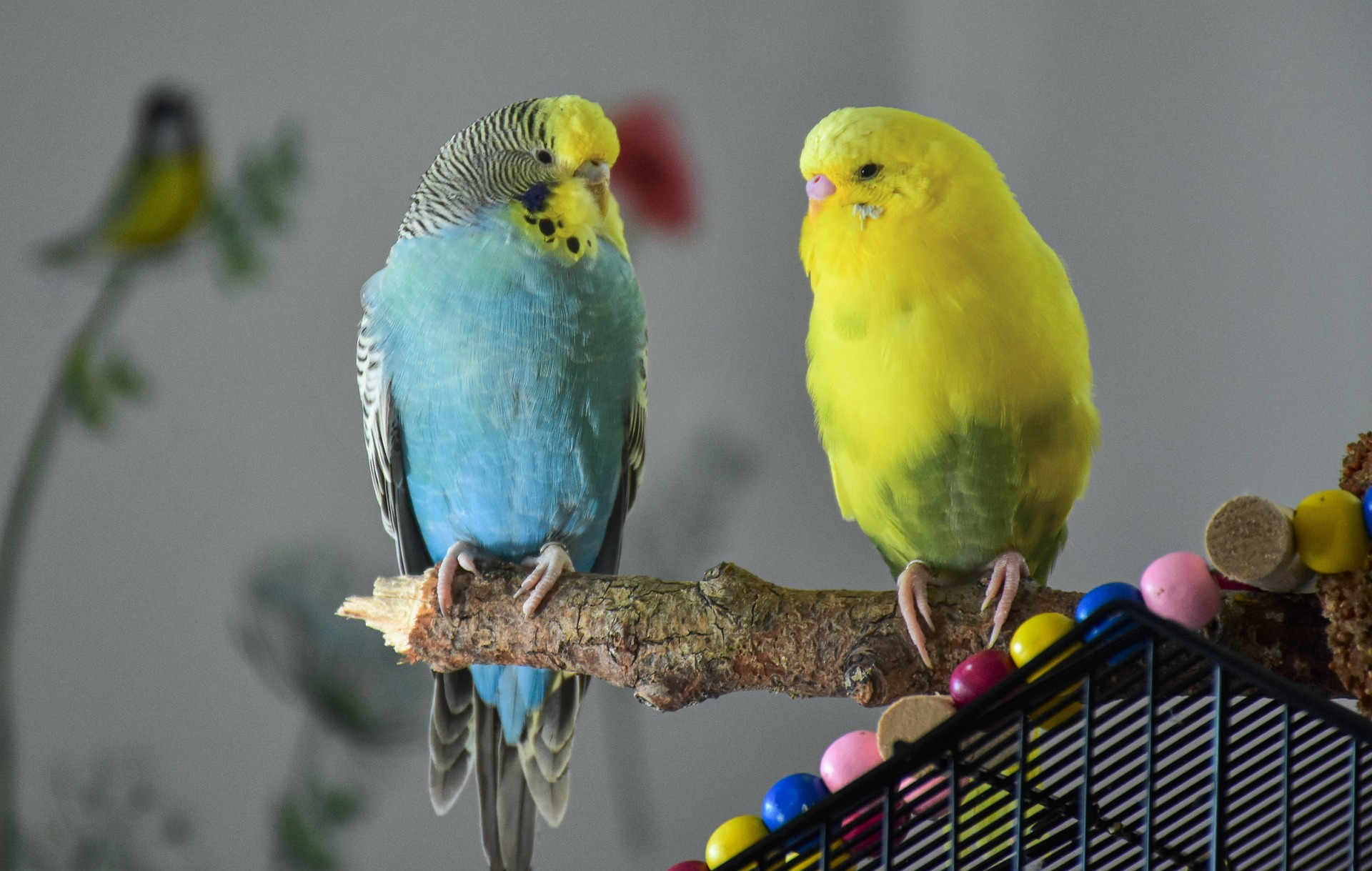Practical Enrichment Techniques to Boost Mental Stimulation Indoors
Indoor companion animals benefit from deliberate enrichment that targets natural behaviors, reduces boredom-related behavior problems, and supports overall welfare. Practical techniques—ranging from simple foraging puzzles to habitat complexity and socialization strategies—can be adapted across species with attention to husbandry, nutrition, grooming, and veterinary guidance.

Practical Enrichment Techniques to Boost Mental Stimulation Indoors
Indoor companion animals benefit from deliberate enrichment that targets natural behaviors, reduces boredom-related behavior problems, and supports overall welfare. Practical techniques—ranging from simple foraging puzzles to habitat complexity and socialization strategies—can be adapted across species with attention to husbandry, nutrition, grooming, and veterinary guidance. This article focuses on methods that are safe, measurable, and adaptable for common companions kept indoors.
This article is for informational purposes only and should not be considered medical advice. Please consult a qualified healthcare professional for personalized guidance and treatment.
How does enrichment influence behavior and welfare?
Enrichment changes the animal’s environment or routine to encourage natural behaviors and reduce stress-related behavior. For many species, predictable daily routines cause habituation; introducing variability—rotating toys, varying feeding locations, or adding scent trails—promotes curiosity and exploration. Behavioral improvements often include reduced stereotypies, improved appetite, and more consistent interaction with caregivers, which together support welfare metrics that veterinarians and behaviorists monitor.
What husbandry and nutrition changes support mental stimulation?
Husbandry adjustments are foundational: appropriate light cycles, temperature gradients, and space that allow movement and choice are essential. Nutrition-based enrichment uses feeding methods that require work or decision-making: puzzle feeders, scatter-feeding, or offering whole-prey items where safe and appropriate. For omnivores and herbivores, hiding portions of meals or offering varied textures encourages natural foraging. Always ensure dietary changes follow species-specific requirements to avoid nutritional imbalance.
How to adapt habitat and grooming for different companions
Habitat complexity can be as simple as adding vertical features for climbers, substrates that allow digging, or multiple perches at varying heights. Grooming routines double as enrichment for many animals: gentle brushing, supervised nail trimming, or massage can provide tactile stimulation and strengthen social bonds. For species that find handling stressful, use desensitization protocols—short, predictable sessions that pair grooming with positive reinforcement—to build tolerance over time.
What role does socialization and veterinary care play?
Socialization and supervised interaction with humans or compatible conspecifics support cognitive health. Scheduled, short interactions using play-based or reward-based methods help reduce fear and encourage engagement. Regular veterinary wellness checks are important to rule out medical causes of behavioral change; pain, dental issues, or underlying illnesses often manifest as reduced activity or altered feeding, and addressing these supports the effectiveness of enrichment programs.
How to tailor enrichment for rodents, birds, reptiles, exotics, and invertebrates
Rodents: Offer tunnels, chew blocks, nesting material, and foraging boxes. Rotate objects weekly and provide hiding places to encourage exploration and reduce stress. Birds: Foraging toys, varied perches, shreddable materials, and safe swings stimulate problem-solving and balance. Reptiles: Provide thermal gradients, varied hides, branches or rocks for climbing, and environmental complexity that allows choice. Offer feeding that encourages hunting or searching behaviors when species-appropriate. Exotics and invertebrates: Tailor enrichment to natural history—spiders and tarantulas benefit from varied substrates and hides; hermit crabs require shell choices and climbing structures. Always research species-specific safety (e.g., avoid unsafe materials) and consult a qualified exotic veterinarian if uncertain.
Practical, low-cost enrichment ideas and routine planning
Create an enrichment schedule that alternates food-based tasks, physical complexity, and sensory changes. Low-cost options include homemade puzzle feeders using sturdy cardboard, scent trails using non-toxic smells, and DIY climbing structures from untreated wood or PVC. Rotate items rather than adding them all at once to maintain novelty. Keep records of responses—note which activities increase activity, appetite, or positive social behaviors—to refine the plan.
Conclusion
Indoor enrichment is a combination of appropriate husbandry, thoughtfully designed feeding strategies, habitat adjustments, grooming that supports social connection, and veterinary oversight when needed. Tailoring techniques to species-specific needs—whether rodent, bird, reptile, exotic, or invertebrate—maximizes mental stimulation while safeguarding health and welfare. With consistent observation and small, evidence-informed changes, caregivers can improve behavioral outcomes and the daily quality of life for indoor companion animals.






